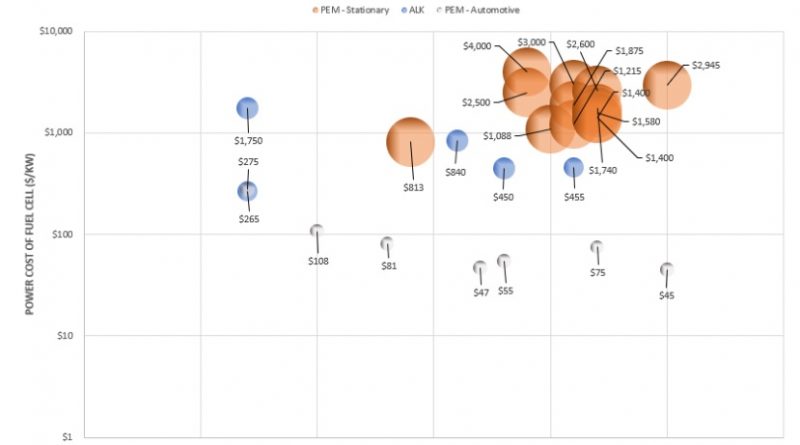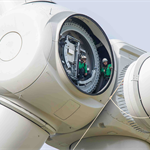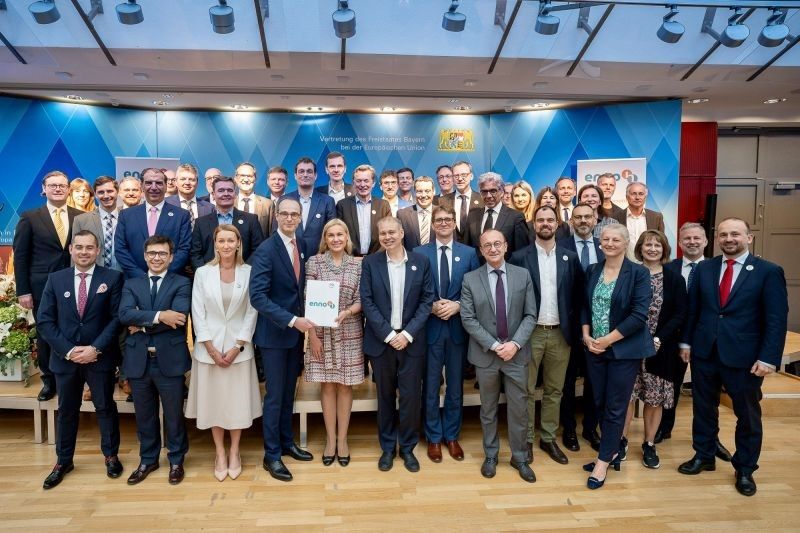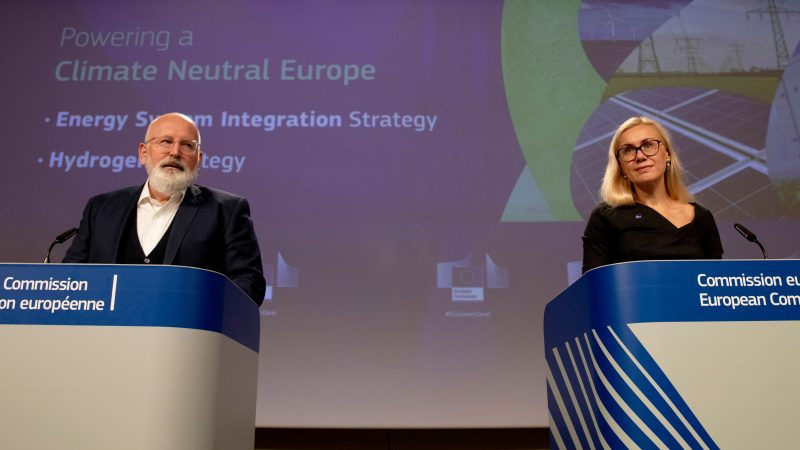PEM Fuel Cells – Hoping to Challenge Internal Combustion
Energy Disrupter
Spread the love
The first article in this series introduced the two prominent types of hydrogen fuel cells – alkaline fuel cells (ALKFCs) and proton-exchange membrane fuel cells (PEMFCs). Fuel cells are devices that convert stored hydrogen into usable energy, and constitute an essential part of the hydrogen economy. Subsequent articles shall focus on various characteristics of these two cells.
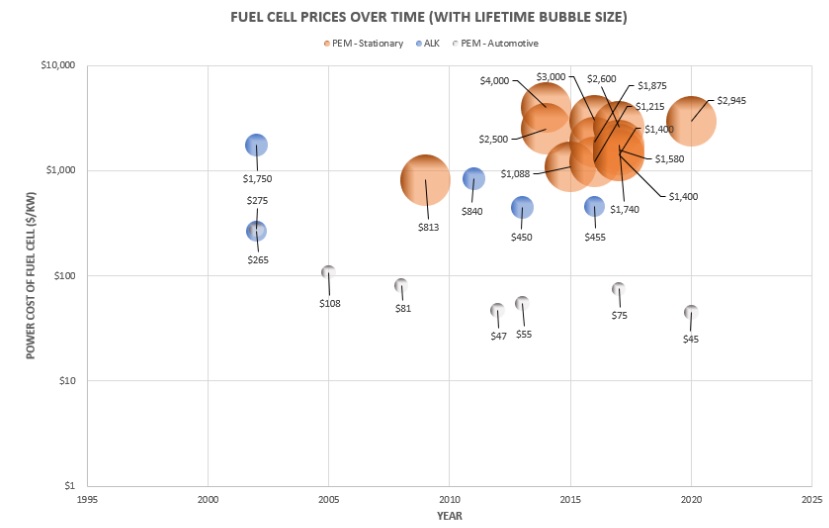
The graph above shows the power costs ($/kW) of PEMFCs and ALKFCs as the technology has advanced over time. In other words, they show the initial capital cost for every 1 kW of fuel cell capacity (note that this axis is in the log scale). Ideally, these costs have to be extremely low for fuel cells to rival existing fossil fuel technologies. The bubble size represents the total operational lifetime in hours, which indicates the durability of each technology. This article will discuss the figures for PEMFCs.
The estimates have been segregated into those for stationary and automotive applications. Stationary systems are bigger, made for more intensive, long-lasting uses and estimated to be produced (on average) at scales that are 25-30 times lesser than those of automotive FCs. All of this is naturally accompanied by a significant increase in prices. Stationary systems use larger “stacks”, or bundles, of fuel cells which also raises their cost.
For automotive PEMFCs, the costs are significantly lower and we see a marked downward trend in costs from 2002 with improvements in the technology. Various innovations have been implemented to overcome the issues associated with PEMFCs – restrictive thermal conditions, constant humidification of the central membrane and expensive catalysts and bipolar plates. For example, Ballard (BLDP) has come up with self-humidifying membranes, Impact Coatings (IMPC.ST) helps produce corrosion-resistant bipolar plates and PlugPower (PLUG) has developed easier cooling and pressurization systems.
As a result, the current costs of automotive PEMFCs have reached about $40-55/kW. This has brought them nearer to becoming competitive with internal combustion engines (ICEs), which range about $30-35/kW.
The lifetime refers to the number of hours a fuel cell operates while still delivering satisfactory performance. This is an indicator of the durability of the cell, which should be as high as possible. Automotive PEMFCs currently exhibit lifetimes between 2500-4000 hours. This is about 60-80% of the lifetime of an average ICE, implying that significant technological improvements in durability remain necessary. Automotive PEMFCs usually face greater challenges with durability as the start-stop motion of cars stresses their membrane.
Within stationary PEMFCs, there appears to have been a surprisingly upward trend in the power costs over time. This can be partially explained by their constantly increasing sophistication. However, different estimates have different scopes – they may choose to include or exclude installation, electricity and balance of plant costs, and assume different scales of production in the overall figures. Alternatively, early estimates may simply have been too optimistic.
On average, the power cost for stationary PEMFCs is roughly $1900-2000/kW. This is much higher than diesel-based generator systems, which cost about $450-1200/kW. Their operational lifetimes are about 40000 hours – far higher than automotive PEMFCs, as they are designed for nearly continuous use with infrequent replacement.
PEMFCs are still some way from being adaptable on a large-scale worldwide, and replacing ICEs. High power costs and relatively low durability are key barriers for both automotive and stationary applications, but constant efforts persist to bring them up to par with existing technologies.

